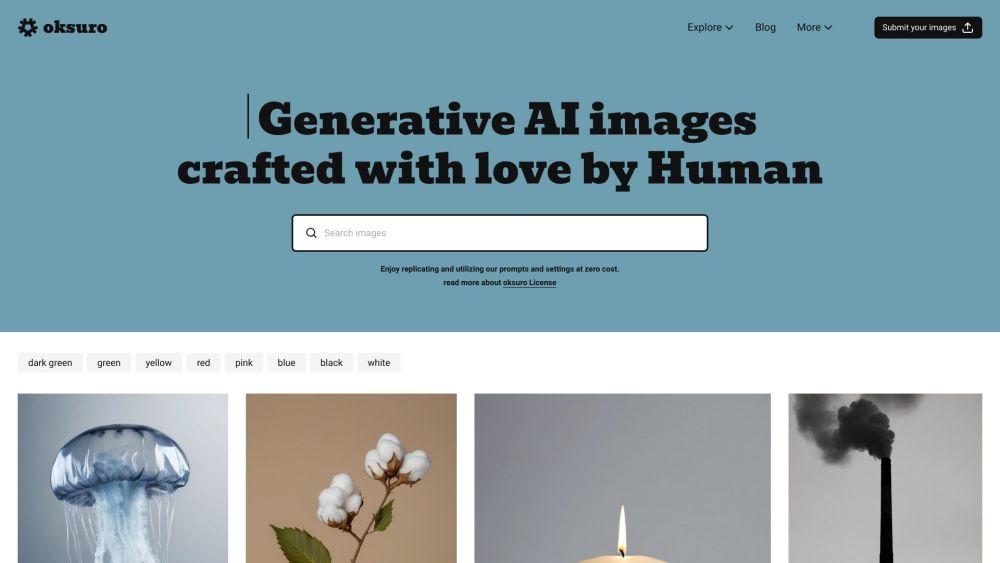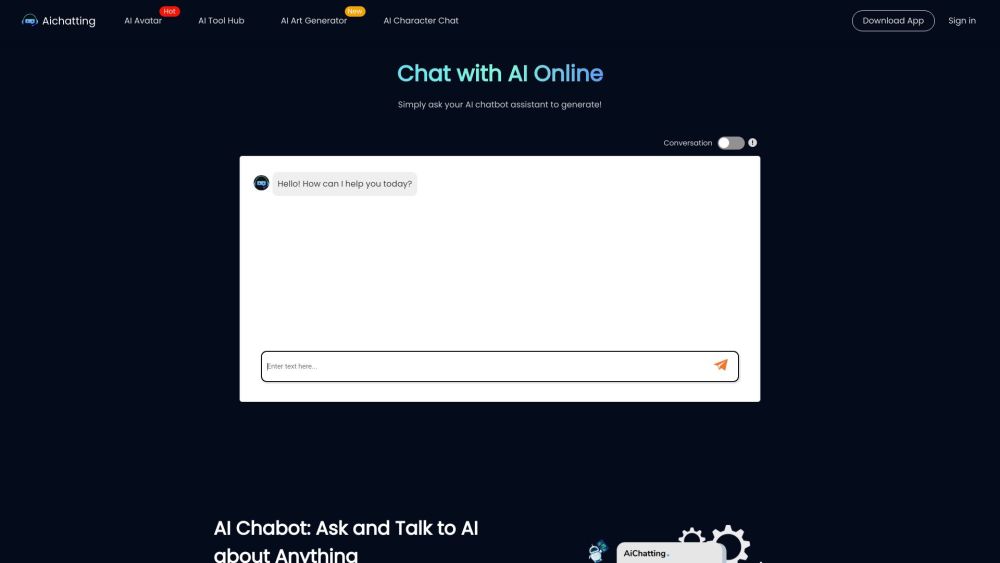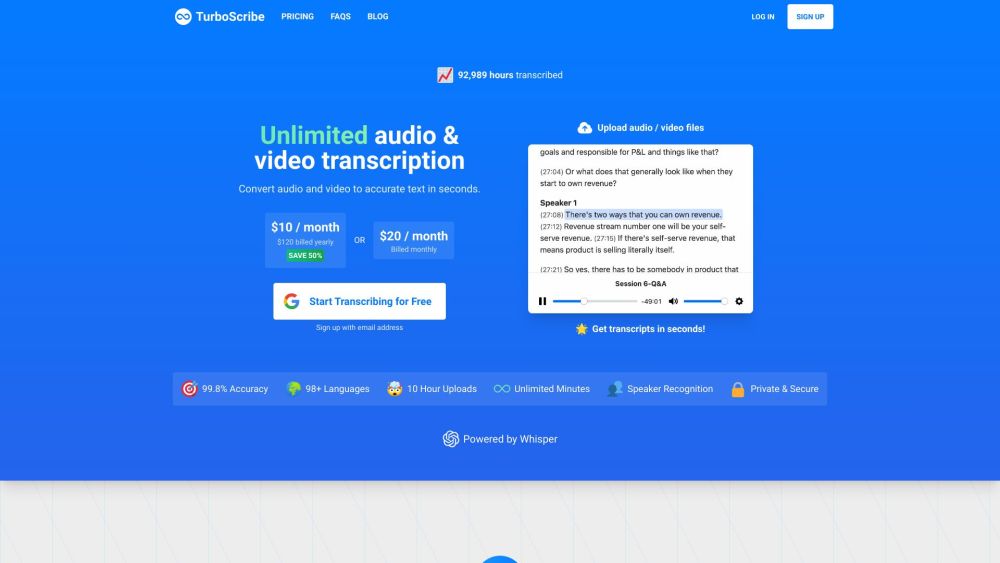Many professionals in technology and business have increased their focus on artificial intelligence (AI) over the past year, propelled by OpenAI’s ChatGPT, which brought generative AI into the spotlight.
Juergen Mueller, the Chief Technology Officer at SAP — the world's third-largest software company by annual revenue — has been steering AI integration in business processes for nearly a decade. In an exclusive interview at SAP’s renovated Hudson Yards office in New York City, he reflected on this journey.
“Initially, we focused on machine learning, developing one model per use case,” Mueller explained. “We spent considerable time retraining these models. Today, we have over 130 AI use cases embedded within SAP software.”
This past year, while companies like OpenAI, Cohere, and Anthropic have garnered attention for innovative AI models, SAP has consistently released updates. Notably, it launched Joule, a cross-platform AI assistant integrated into its enterprise resource planning (ERP) software suite, which helps businesses manage resources — from workforce to supply chains — and introduced the SAP HANA Cloud Vector Engine, a search engine that securely analyzes enterprise data using AI.
As the demand for AI accelerates, Mueller finds himself ahead of the curve. As 2023 concludes, marking a historic peak in AI adoption, he shares insights into the technology and advice for enterprises looking to future-proof their operations.
The following interview is edited for clarity.
a media: I want to learn about SAP’s AI journey but am open to any topics you wish to discuss.
Juergen Mueller: Our AI initiatives began about eight-and-a-half years ago with machine learning and a focus on one model per use case. We have evolved significantly, screening many applications for generative AI across our portfolio and making around two dozen concrete announcements this year.
We examine end-to-end processes, from hiring to procurement and finance, covering 26 different industries. The applications of AI vary by industry — marketing approaches differ greatly from HR tasks. Even with my seven-and-a-half years of experience, we've had to relearn aspects of AI.
We’ve trained over 50,000 SAP employees in generative AI, accelerating our execution.
Now, we have a unified generative AI strategy embodied in Joule, seamlessly integrating generative AI into various business functions, including HR and customer experience, where applicable.
How has SAP adapted since the release of ChatGPT?
We’ve made important announcements beyond generative AI as well. The core focus remains: "Does it make a difference?"
Our generative AI hub offers resources for customers, including access to natural language models and governance tools. Our internal learnings highlight the importance of grounding and retrieval-augmented generation (RAG).
We improved SAP HANA Cloud by adding a vector engine, streamlining data management. Unlike traditional vector engines that operate separately, our solution integrates company data, reducing complexity.
For example, if a company like UBS, which posts millions of job listings annually using SAP, wants to create a new job posting, our AI can efficiently generate language based on past postings, cutting a process that could take hours down to minutes.
This precision reduces information inaccuracies and enhances efficiency using historical data.
Is HANA Cloud a centralized vector database for all users?
HANA Cloud operates as an extensive database supporting multiple applications. Each customer has a dedicated tenant, enabling tailored analytics across diverse data types, including geospatial data and documents.
Why haven’t more companies developed their own vector databases?
In a B2B context, we possess substantial insights into specific industries and the documents they require. It all begins with structured information; without it, developing a vector database may not be beneficial.
With 87% of the world's goods and transactions managed by SAP customers, we play a vital role in the value chain. Our scalable cloud database ensures customers' needs are met efficiently.
How do you compare the current saturation of generative AI to the initial excitement?
While demoing AI applications is straightforward, transitioning them into production poses challenges. The excitement will persist, but many assistants may either fail to deliver or offer subpar user experiences. We’ve built considerable expertise over the years, emphasizing that effective AI stems from quality data.
Why should customers choose SAP over newer AI startups?
CIOs face overwhelming options from AI startups, leading them to seek the reliability of established partners. We also guide clients on leveraging our offerings effectively, encouraging them to focus on value drivers that align with their needs.
How involved is your legal team in developing AI tools?
We have trained over 50,000 developers in AI ethics, emphasizing safety and legality. Our AI ethics council began operations five years ago and oversees all potential AI applications, ensuring responsible use of technology.
By prioritizing ethical considerations, we strive to enhance the role of AI in business while maintaining a commitment to responsible innovation.





